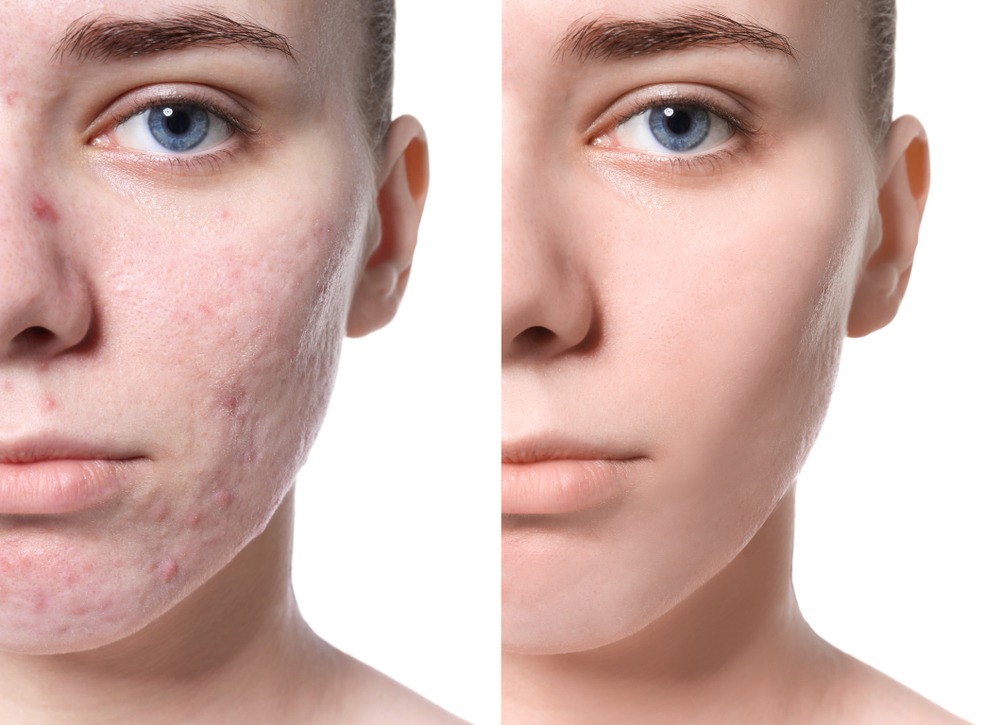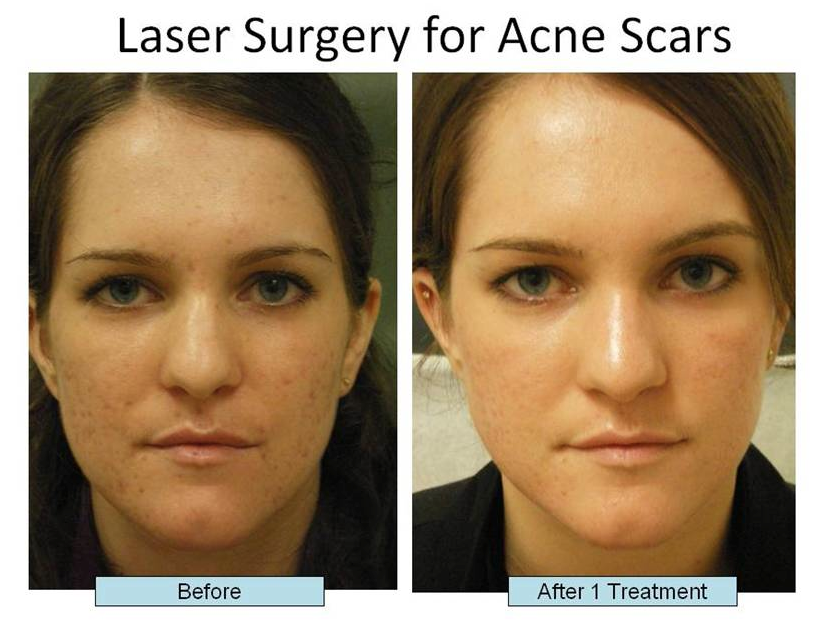Leading Acne Treatment for Sensitive Skin: Gentle Solutions for Clear Skin
Leading Acne Treatment for Sensitive Skin: Gentle Solutions for Clear Skin
Blog Article
Checking Out Skin Problems: Identifying and Dealing With Acne Scars for Healthier Skin
Acne scars stand for a significant issue for people looking for to maintain healthy skin, as they can affect both look and self-worth. Understanding the various types of scars, from atrophic to hypertrophic, is important for identifying appropriate therapy options. While expert treatments like chemical peels and microneedling can be reliable, the relevance of individualized treatment plans can not be overstated. Furthermore, preventative actions play a critical role in lessening future scarring. As we explore these elements, one need to take into consideration how the appropriate approach can cause transformative results.
Comprehending Acne Marks

The body's natural recovery process can result in either atrophic marks, which look like depressions in the skin, or hypertrophic scars, which are elevated and arise from overflow of collagen. In addition, the psychological toll of acne scars need to not be ignored; many people report sensations of embarrassment, anxiety, and reduced self-confidence. This psychological concern can influence social communications and general high quality of life.
Dealing with acne scars requires a detailed understanding of their formation and impact. Awareness of the capacity for lasting effects related to untreated marks can motivate people to seek proper treatments. Early intervention and effective administration techniques can substantially improve skin appearance and enhance mental resilience, highlighting the value of recognizing the intricacies surrounding acne scars.
Kinds Of Acne Scars
Acne scars can be categorized right into unique types, each exhibiting distinct qualities and requiring certain treatment strategies. acne treatment for sensitive skin. The key sorts of acne scars consist of atrophic, hypertrophic, and keloid marks

Hypertrophic scars, on the other hand, are raised above the skin level and are the outcome of too much collagen manufacturing during the healing procedure. They typically remain within the limits of the initial acne sore. Keloid marks are comparable yet expand beyond the original injury site, developing bigger, elevated locations that can be scratchy or uncomfortable.
Recognizing these kinds of marks is important for selecting suitable treatment options. Different scars may react much better to certain therapies, such as laser treatments, fillers, or medical interventions, stressing the importance of a tailored method to acne scar administration.
Identifying Your Marks
Acne scars normally fall right into two categories: hypertrophic and atrophic scars. These can further be classified right into ice-pick scars, boxcar marks, and rolling scars, each exhibiting distinct features and requiring different methods for evaluation.
Hypertrophic marks, on the various other hand, are elevated and happen due to too much collagen production throughout the recovery process. Identifying the specific functions of your scars-- such as structure, width, and deepness-- is important for proper identification (acne scars treatment). In addition, consider the distribution of marks across your skin, as this YOURURL.com can show the extent and period of the acne condition
Involving with a skin doctor can provide beneficial understandings into the nature of your scars, aiding in the distinction between various kinds. A detailed understanding of your marks will inevitably lead to an extra customized and efficient therapy plan, guaranteeing a more clear and much healthier skin.
Therapy Options Offered
Recognizing the specific kind of acne scars present on your skin lays the foundation for exploring reliable therapy alternatives. Typical types of acne scars include atrophic (clinically depressed), hypertrophic (elevated), and post-inflammatory erythema.
For atrophic marks, options such as chemical peels, microneedling, and laser resurfacing are commonly utilized. Chemical peels off use acids to remove the external layer of skin, advertising new cell growth. Microneedling includes small needles that create micro-injuries, promoting collagen manufacturing. Laser resurfacing targets damaged skin cells, boosting appearance and tone.
Hypertrophic marks can be treated with corticosteroid injections to squash the mark or laser therapy to lower soreness and enhance look. Silicone gel sheets and stress dressings might likewise assist in taking care of elevated scars.
Furthermore, dermal fillers can temporarily fill out clinical depressions from atrophic marks, while surgical excision may be ideal for severe cases. Each treatment alternative has its considerations and benefits, making it necessary to speak with a skin specialist. They can give personalized suggestions based on the type and severity of your scars, in addition to your skin kind and general health.
Tips for Prevention
Reliable avoidance approaches can considerably minimize the chance of establishing acne marks. Making use of non-comedogenic products helps avoid blocked pores, which can intensify acne.
Staying clear of need to select or pop acne lesions is essential, as this can bring about much deeper skin Going Here damage and increase the risk directory of scarring. Rather, think about making use of a chilly compress or over-the-counter therapies to decrease swelling and soreness.
Sunlight security is one more vital aspect of avoidance; ultraviolet (UV) rays can dim scars and impede the recovery process. Using a broad-spectrum sunscreen with at the very least SPF 30 daily can protect the skin and promote even healing.
Last but not least, preserving a well balanced diet rich in vitamins, antioxidants, and minerals sustains skin wellness and recovery. Staying hydrated and managing tension degrees can also play a significant function in minimizing acne flare-ups. By carrying out these methods, people can considerably reduce their opportunities of establishing acne marks.
Final Thought
In conclusion, understanding and recognizing acne marks is important for effective therapy and attaining healthier skin. Numerous types of acne scars, consisting of atrophic and hypertrophic scars, necessitate particular treatments customized to individual requirements.
The body's natural recovery process can result in either atrophic scars, which appear as depressions in the skin, or hypertrophic marks, which are elevated and result from overflow of collagen. They are more separated into three subtypes: ice choice marks, boxcar marks, and rolling marks. Acne scars usually fall right into 2 classifications: hypertrophic and atrophic scars. These can further be categorized right into ice-pick marks, boxcar scars, and rolling marks, each displaying distinct attributes and requiring different techniques for evaluation.
Different types of acne scars, consisting of atrophic and hypertrophic marks, require details interventions tailored to specific needs.
Report this page